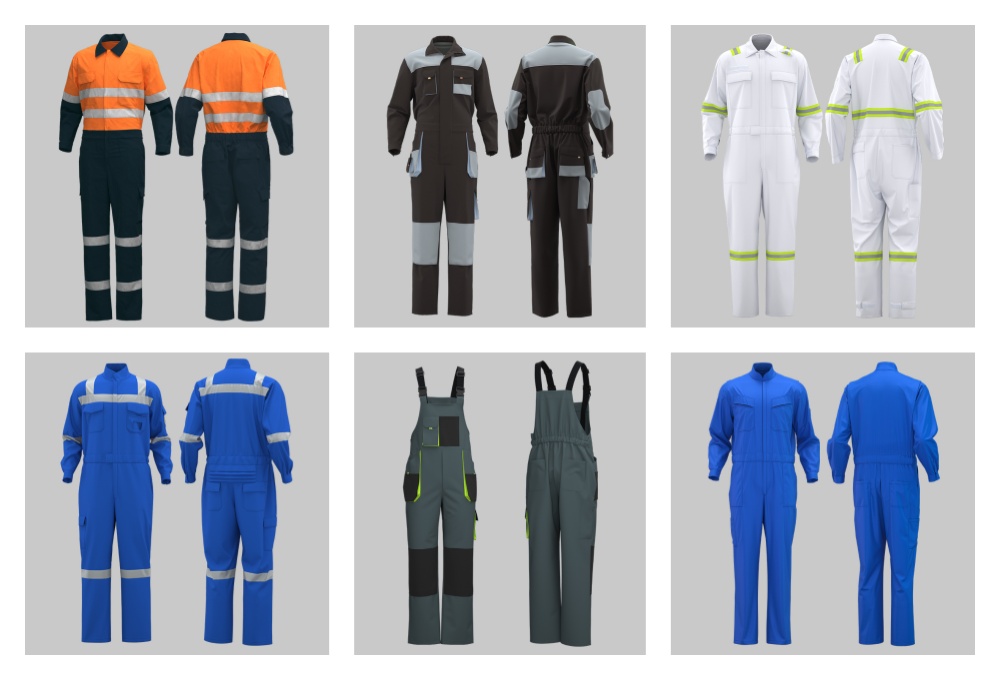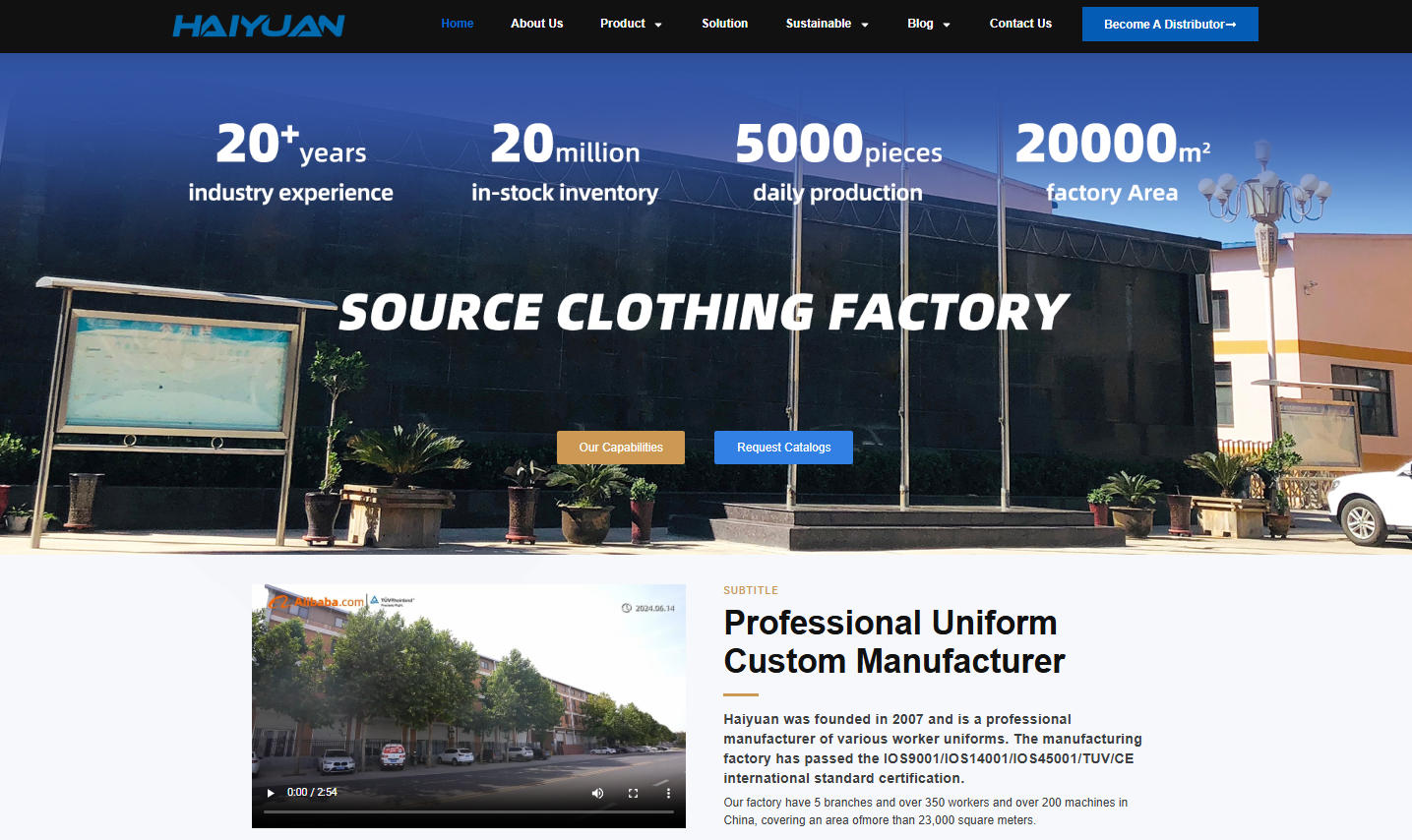Building on our previous discussions about workwear and materials, here’s a detailed explanation of a cotton coverall.
Simple Definition
A cotton coverall is a one-piece garment that covers the torso, arms, and legs, designed as protective workwear and made primarily from 100% cotton or a heavy cotton blend. It’s also commonly known as a boilersuit or overall.

Its primary purpose is to protect the wearer’s underlying clothing from dirt, grime, abrasion, and other workplace hazards, while also offering a degree of professionalism and practicality.
Key Characteristics of Cotton Coveralls
-
Full-Body Protection: Unlike separate pants and a jacket, a coverall provides continuous coverage, preventing debris from getting in at the waistline.
-
Material: Typically made from durable cotton fabrics like:
-
Cotton Twill: A strong, diagonal weave that is durable and resistant to abrasion.
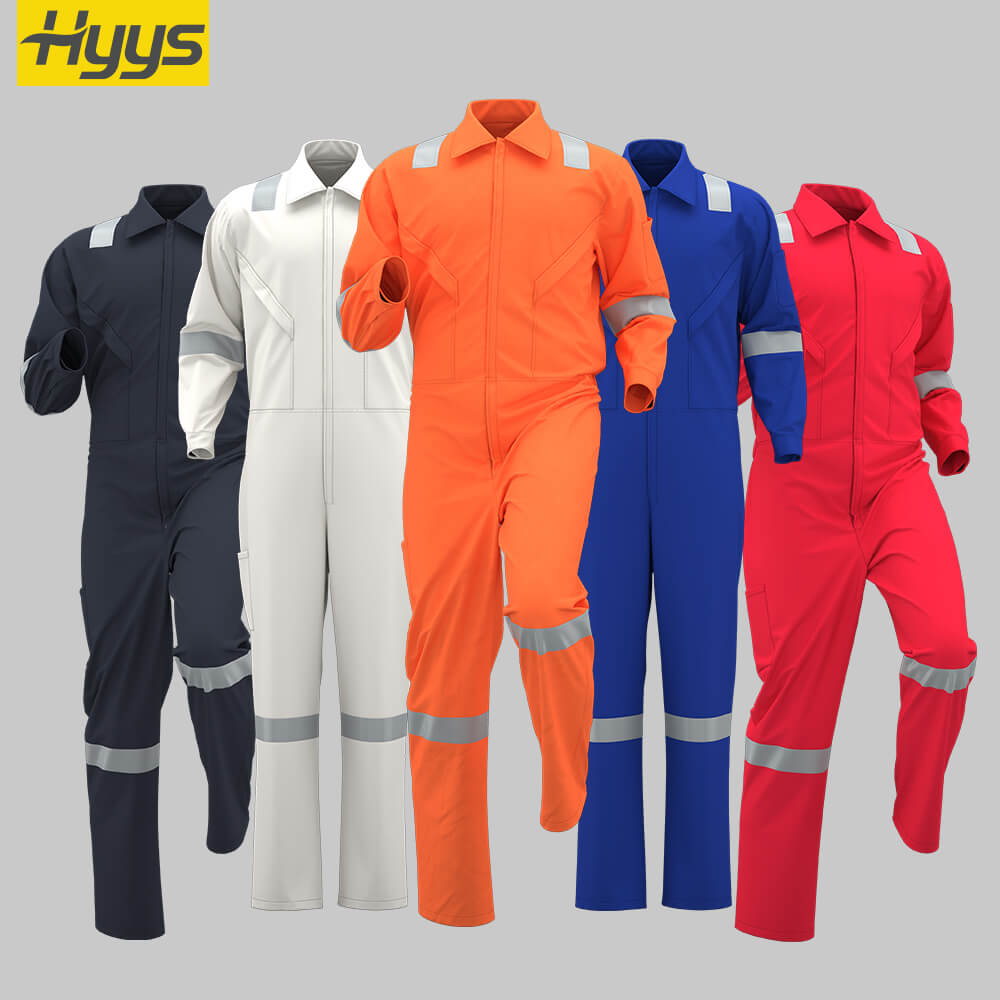
-
Cotton Duck Canvas: A heavy, plain weave that is very rugged and tough, ideal for heavy-duty work.
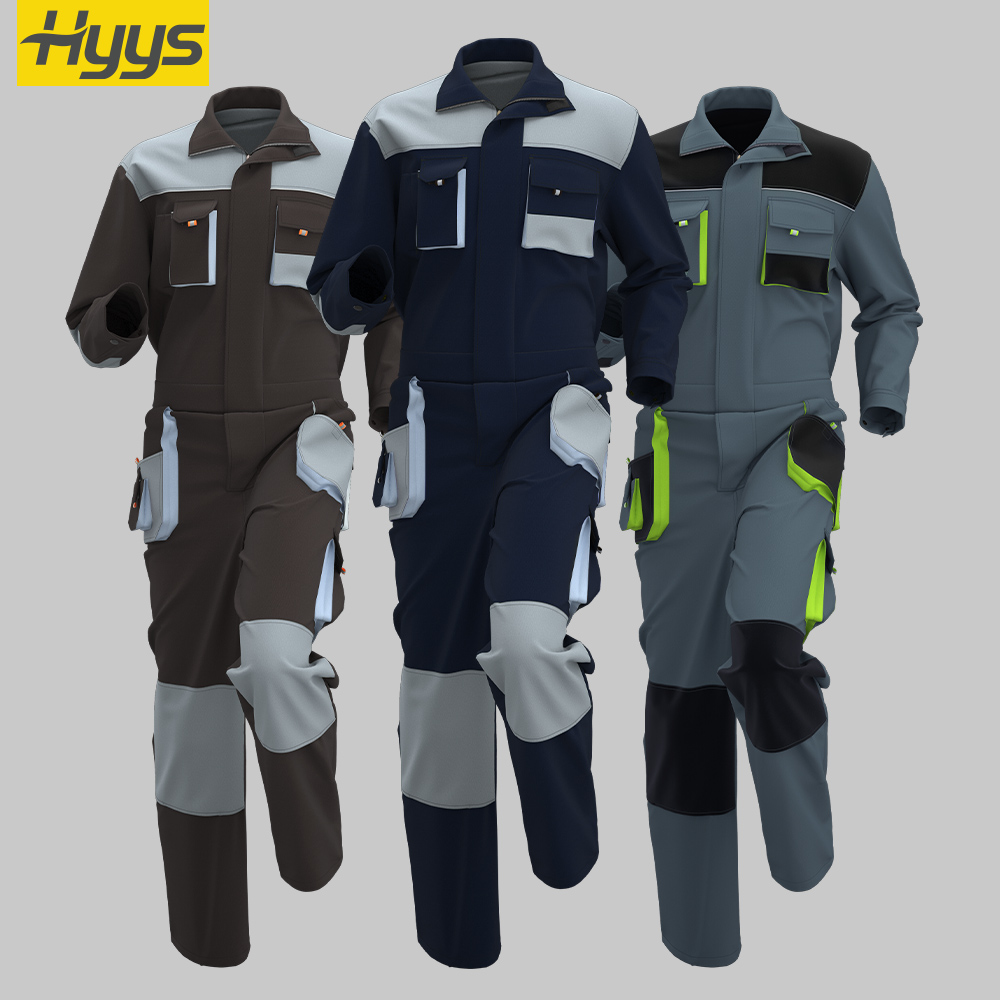
multi pocket oxford canvas reinforced coveralls -
Poly-Cotton Blend: Often a 65/35 polyester-cotton blend is used to add wrinkle resistance and reduce shrinkage while maintaining much of cotton’s breathability.

polyester cotton stand up collar coveralls
-
-
Functional Features:
-
Full-Length Front Zipper: For easy on and off.
-
Multiple Pockets: Chest, thigh, and side pockets for storing tools and personal items.
-
Reinforced Knees: Often double-layered fabric or pockets for knee pads.
-
Elasticated Back: A bi-swing back or elastic panels allow for greater freedom of movement without the garment being too loose.
-
Tool Loops: For hammers, wrenches, etc.
-
Advantages of Cotton Coveralls
-
Breathability: Cotton’s natural fibers allow air to circulate, making it more comfortable than synthetics for long hours of physical work, especially in warm environments.
-
Comfort: Cotton is soft against the skin and generally has a comfortable, broken-in feel.
-
Durability: When woven into twill or canvas, cotton is extremely tough and resistant to abrasions and snags.
-
Absorbency: It wicks moisture (sweat) away from the skin, helping to keep you dry.
-
No Melting: Unlike some synthetic fibers, 100% cotton will not melt when exposed to high heat (e.g., welding sparks), which can prevent more severe burns. (Note: It will still char and burn if directly exposed to flame).
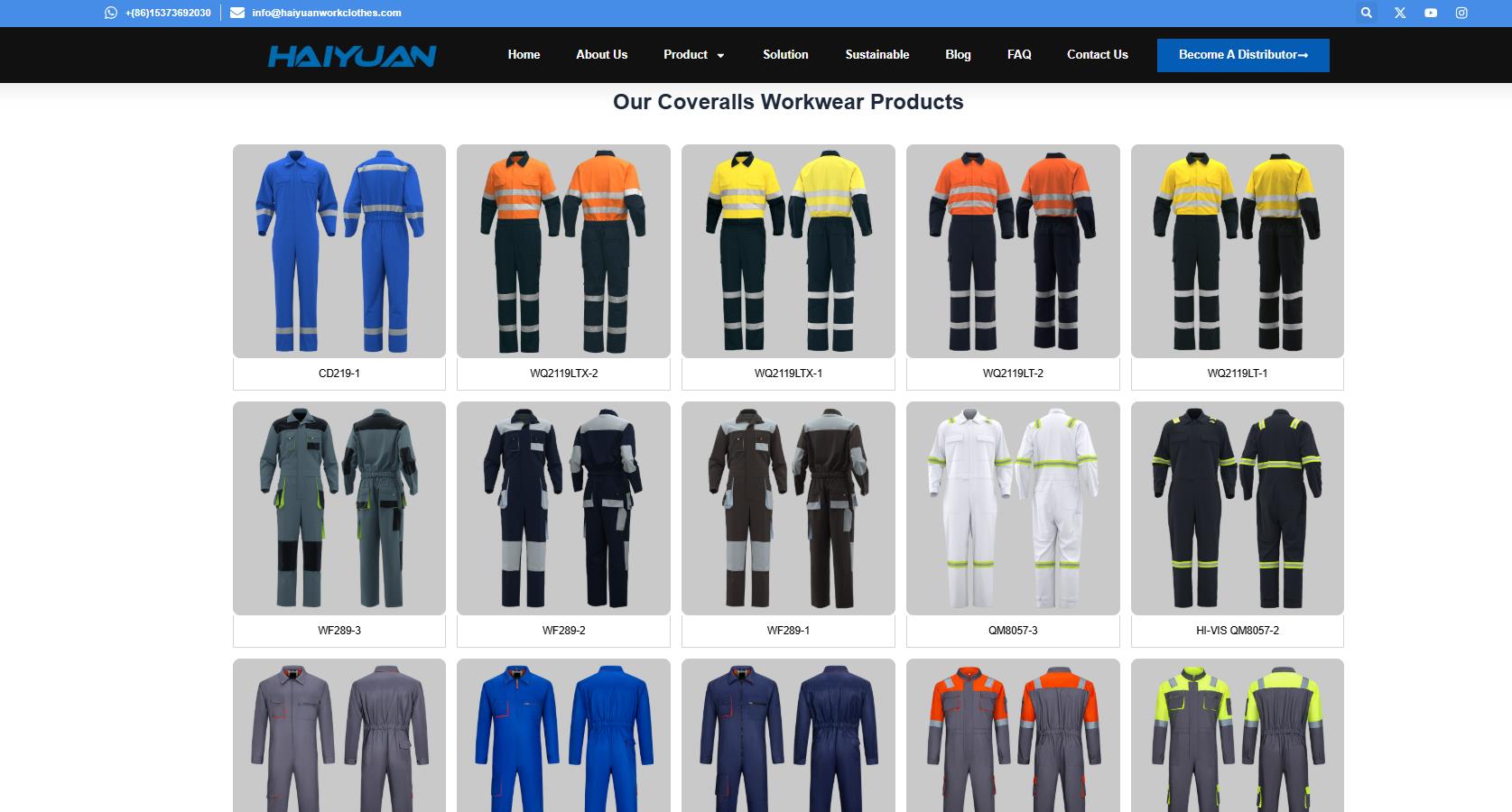
Disadvantages of Cotton Coveralls
-
Moisture Retention: While it absorbs sweat, it holds onto that moisture. In cool or windy conditions, this can make you feel cold and clammy.
-
Slow Drying: It takes a long time to dry once it becomes wet.
-
Weight: A saturated cotton coverall becomes very heavy.
-
Shrinkage: Pure cotton can shrink significantly if not “pre-shrunk” or “sanforized.” Always check the care label.
-
Wrinkling: Cotton is prone to wrinkling.
-
Not Inherently Flame-Resistant: Standard cotton is flammable. For welding or electrical work, you must use a specifically rated Flame-Resistant (FR) Cotton coverall.
Common Uses and Applications
Cotton coveralls are versatile and used in a wide range of industries:
-
Automotive and Mechanical Work: Protecting against grease, oil, and dirt.
-
Painting and Decorating: Protecting clothing from paint splatters.
-
Manufacturing and Warehousing: For general maintenance and assembly work.
-
Farming and Agriculture: For dirty, hands-on tasks.
-
Construction and Carpentry: Protecting against dust, dirt, and abrasion.
-
Light Welding: Heavy cotton canvas is often used as it chars rather than melts. (For serious welding, FR-rated gear is essential).
Cotton Coverall vs. Other Types
| Feature | Cotton Coverall | Disposable Tyvek® Coverall | FR Coverall (e.g., Nomex®) |
|---|---|---|---|
| Primary Use | General purpose, durable workwear | Hazardous particles, painting, cleanrooms | Flash fires, electric arcs, welding |
| Material | Reusable cotton twill/canvas | Single-use polyethylene | Flame-resistant treated cotton or aramid fibers |
| Breathability | High | Very Low | Moderate to High |
| Durability | High | Very Low | High |
| Protection | Abrasion, dirt, grime | Dry particles, liquids | Fire, heat, electrical hazards |
| Cost | Moderate (one-time cost) | Low (per use) | High |
Summary
A cotton coverall is a classic, reusable piece of protective workwear valued for its durability, breathability, and comfort. It is the go-to choice for a wide array of trades where heavy soiling, abrasion, and physical labor are involved.
When choosing one, pay attention to:
-
Fabric Weight: Heavier weight (e.g., 8-10 oz) for tougher jobs.
-
Features: Do you need reinforced knees, specific pockets, or a gusseted back for mobility?
-
Safety: For any work with fire or electrical risks, a standard cotton coverall is not safe—you must select an FR-rated model.



